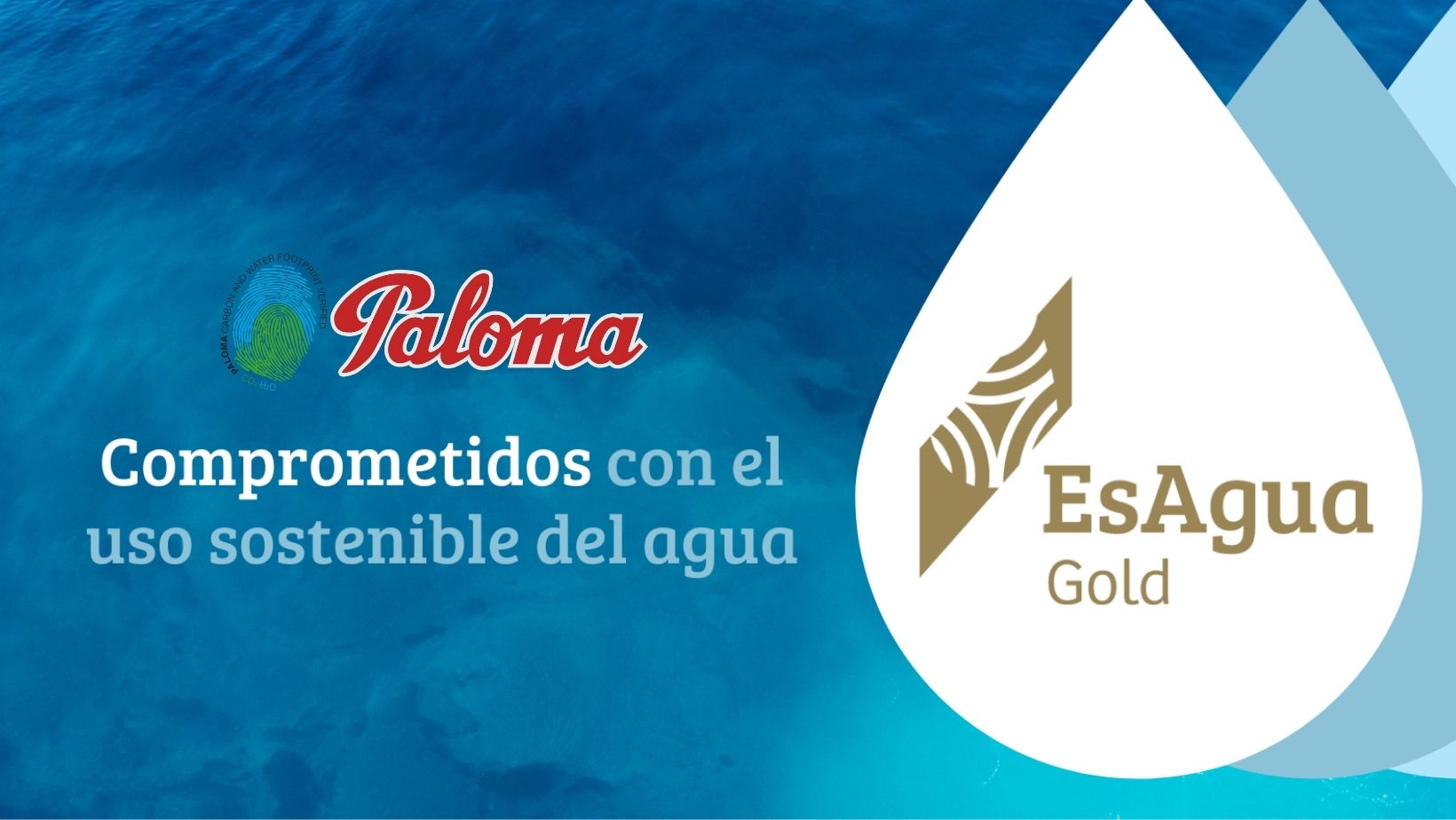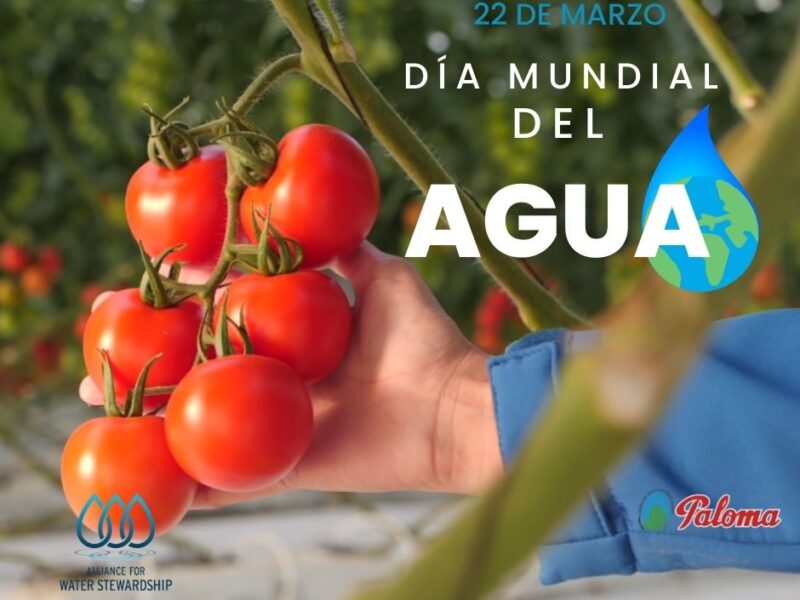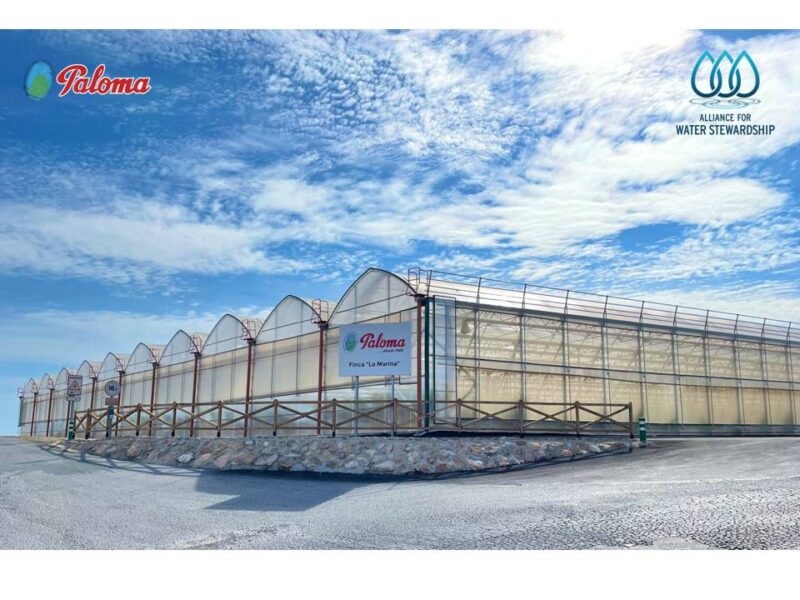
The importance of invisible water in agriculture
Climate change, population growth and the consequent increase in pressure on water resources have posed a global challenge: to guarantee the supply of drinking water for all the inhabitants of the planet. Water, a resource whose use is often invisible to our senses, is the most important natural resource for our survival and has an incalculable value that we are often unable to appreciate.
With the slogan “Making the invisible visible”, World Water Day is celebrated on March 22, which aims to show the serious consequences for the planet of not taking care of this valuable resource. This year, 2022, the event focuses on an invisible treasure hidden beneath the surface: groundwater. Groundwater is invisible, but its impact is visible everywhere. Under our feet and out of our visual reach, groundwater is a hidden treasure that enriches our lives. Agriculture is one of the sectors that depends on this groundwater resource for the development of its activity, which is why it must also be one of the leaders of change when it comes to creating a more sustainable management of groundwater and water resources in general.
Faced with the challenge of global water scarcity, which is increasingly present in Spain, especially in the Region of Murcia, the role of companies is decisive in guaranteeing water availability in the future. In this context, Grupo Paloma, a fruit and vegetable company located on the coastal strip between Águilas, Lorca and Mazarrón, has opted for the maximum optimization of water use in all its productions, always adapting crop management to its commitment to environmental sustainability.
Pioneers in measuring “invisible water”.
The water footprint and carbon footprint are environmental indicators that serve to account for the direct and indirect water use required by a company, person or product. These indicators express the “invisible water” that is behind the products we consume every day or the production processes in a company.
Grupo Paloma has managed to reduce water use in its crops by up to 50%
The use of these indicators, combined with the application of cutting-edge technology, allows us to know how much water is needed to produce each of our products. This information is of great value in our sustainability strategy and allows us to meet the company’s objectives for maximum optimization of water use and reduction of energy consumption. Thanks to the measures implemented, we have managed to reduce water use in tomato, nectarine, table grape and pomegranate crops by up to 50%.
As proof of this commitment, we have obtained the EsAgua Gold Category, a recognition of the actions carried out with the responsible use of water resources in our productions. EsAgua, the network of Spanish companies committed to the sustainable use of water, has not given this award for being one of the companies that have pioneered the calculation of the water footprint and/or water footprint, have verified the calculation with an independent entity and have implemented a plan of measures to reduce its footprint.
Grupo Paloma, together with other companies of the EsAgua Network, participates this year in the campaign “Caring for the invisible”, a call to action to companies and citizens to highlight the importance of water as a natural resource essential for life, as well as the need to implement sustainable management systems for this resource, even if it is sometimes invisible to our eyes.
In line with our commitment to the Sustainable Development Goals, membership in the EsAgua Network allows us to contribute to environmental protection and achieve a more efficient allocation of water resources, thus helping to ensure the availability of water and sanitation for all (SDG6), create sustainable consumption and production patterns.





